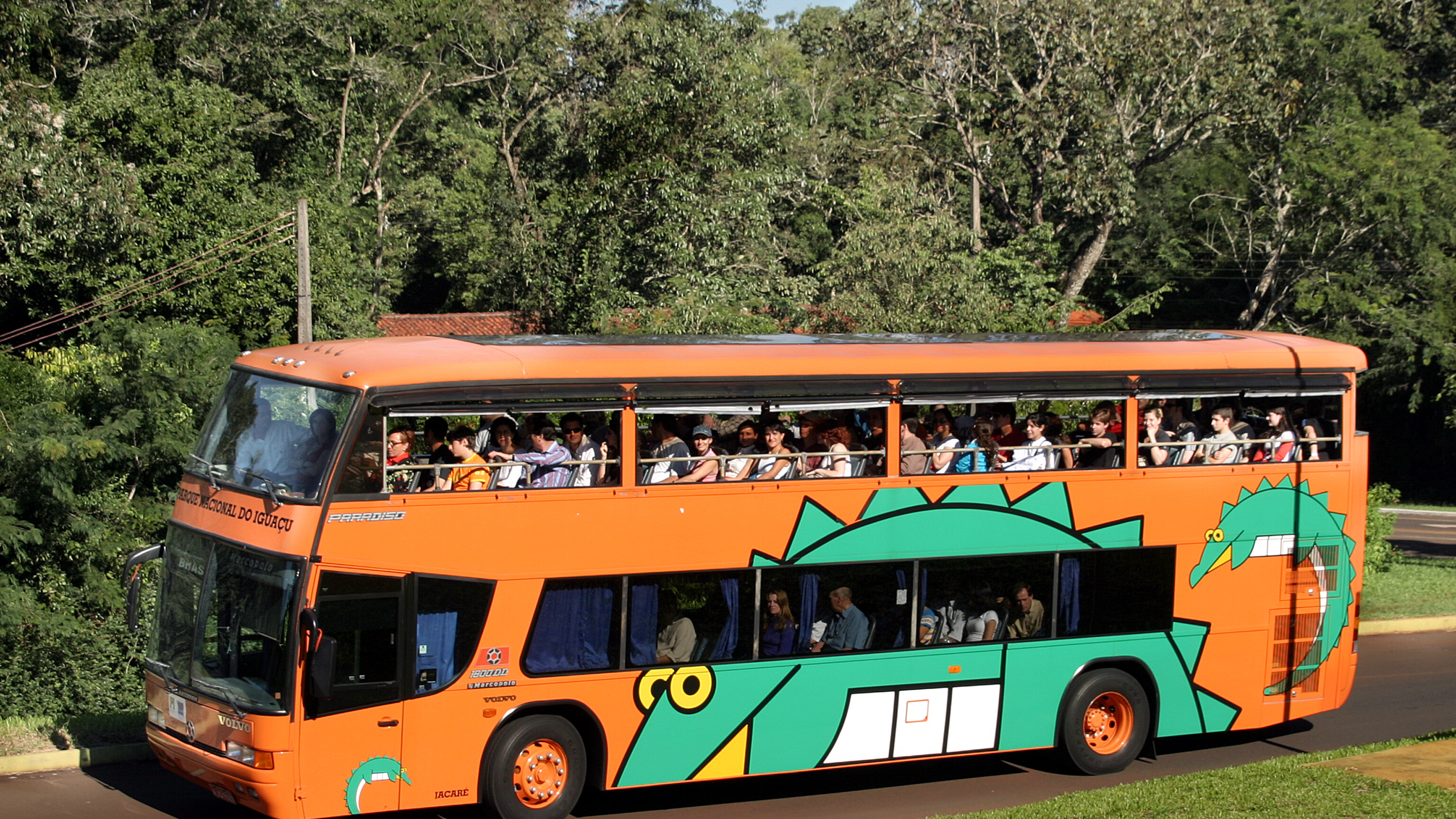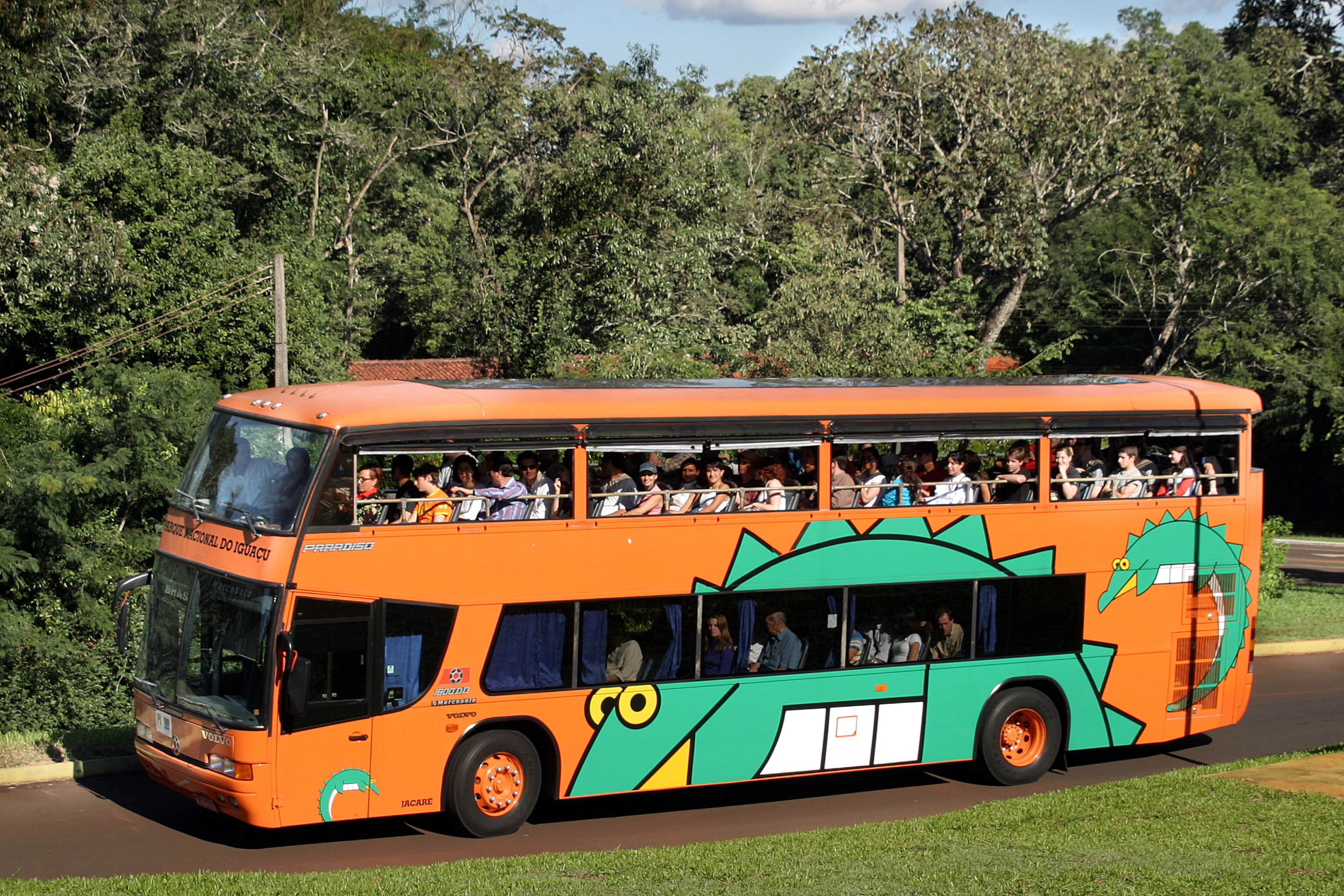Latin America's Tourism Boom
People associate tourism with fun, but it's a trillion-dollar global sector. LatAm INVESTOR investigates the growing investment opportunities in Latin American tourism...

At 3000 metres above sea level, perched upon the Andes in Quito, the world’s second-highest capital city. But it’s not just the thin mountain air that takes your breath away – Quito itself is amazing.
The city was one of the world’s first Unesco heritage sites and the centre is a maze of tightly packed colonial streets and magnificent churches. It easy to understand why this place was so important to both the Incas and the Spanish.
Unsurprisingly, word is getting out about Ecuador; last year, the number of tourists visiting the country grew by 14%. It’s not just Ecuador. Countries all across Latin America are seeing a massive tourism boom and it’s creating a huge moneymaking opportunity for investors
Expedia’s latest move is great news for the Latin American tourism sector
Last week, Expedia announced that it was spending $270m to acquire a minority stake in Latin America’s largest online travel agency, Decol.com. That’s a lot of money, but Expedia was desperate to improve its exposure to Latin American travellers – when you take a look at the figures you can see why.

Some investors seem to discount tourism as a sector; it’s a word they associate with fun and holidays, but not large investment returns. In fact, over the last few decades, tourism has grown into a global industry worth around $1trn per year.
Firms like Expedia are getting excited about Latin America, because it’s becoming an increasingly important part of this massive sector. The UN World Tourism Organisation (UNWTO) says that, over the next decade, Latin American international arrivals will grow by 4.4% a year – twice the rate of developed economies.
Local prosperity is driving the tourism boom
Sure, Latin America is rich in culture, history and breathtaking landscapes, but that’s not the main reason for its tourism boom. There are more prosaic factors underlying the trend.
The first thing to explain is that Latin American tourism in generally is regional. According to the UNWTO, around 80% of the tourist journeys made in Latin America begin and end in within the region. So Latin American tourism is being driven, to a large extent, by Latin Americans.
Sure enough, local change is driving increased tourism in the region; the most important factor in the tourism boom is increased local wealth. Over the last ten years, Latin Americans have grown richer and richer: 80 million have been lifted out of poverty.
As of 2011, the middle class represents the largest segment of the population, and while economic growth slowed across the region in 2014, it has now started to pick back up again. London-based consultancy Capital Economics has predicted a stronger recovery over the next few years.
"The market for local tourism in Latin America is strong, and getting stronger…"
Improving infrastructure is playing a large role in the tourism boom. Take Ecuador: over the last eight years, the country has invested heavily in roads, opening up new swathes of the country and cutting journey times.
As a result, it’s now far easier for someone from neighbouring Colombia or Peru to drive over and visit for a few days. The emergence of the Pacific Alliance has also helped. This new trading block has cut visa requirements between the member countries of Mexico, Chile, Colombia and Peru. Moreover, the drive to increase integration between these countries should also boost visitor numbers.
Certain one-off events will also help boost tourism in the region. Large sporting events such as the 2014 Brazil World Cup (which, despite all the scaremongering, went off without a hitch), and the 2016 Rio Olympics are unique chances to showcase the region to the world.
The thawing of the relationship between the US and Cuba, meanwhile, will lead to a huge growth of American visitors to the communist island.
It’s worth noting that the tourism sector has massive political support in most Latin American countries. Policymakers here recognise that it’s a great way to earn foreign currency, boost local employment and bring development to depressed rural areas.
The market for local tourism in Latin America is strong, and getting stronger - so it is little surprise that Expedia wants to boost its exposure. You should start looking at ways in too.